Effective Back Pain Relief: Beyond Decompression Techniques
Written on
Understanding Decompression and Its Limitations
Decompression therapy is often touted by chiropractors as a go-to solution for individuals dealing with disc issues and back pain flare-ups. While it may seem like a "miracle cure" for immediate relief, this approach doesn't work for everyone. My extensive experience as a kinesiologist in chiropractic settings has exposed me to its inconsistent effectiveness. This has prompted me to ponder whether the significant costs and time commitments associated with decompression are justified.
The evidence, along with my observations, suggests that in some cases, decompression can exacerbate issues rather than alleviate them. At best, it offers only temporary relief, akin to applying a band-aid on a deep wound. If financial constraints or negative past experiences with decompression have left you seeking alternatives, I propose a more budget-friendly and sustainable approach—building strength and stability through specific exercises. Let’s explore how to achieve lasting back pain relief without the need for frequent visits to specialists.
The Power of Movement in Pain Management
Before diving into exercises, it's essential to acknowledge that back pain is a multifaceted issue. Therefore, decompression might still have its place for individuals who have found success with it or who are unable to perform exercises independently. If you're uncertain about your back pain, consulting a qualified physical therapist to weigh the pros and cons of different methods is a wise step.
Utilizing exercise as a substitute for decompression allows you to enhance stability and strength in the specific areas of discomfort. In my experience, many individuals who struggle with decompression lack the necessary stability, making them susceptible to the negative pressure and traction involved in this treatment.
Once you identify a few exercises that promote sustainable stability and strength, you'll likely notice a return to normal function and a reduction in symptoms. Moreover, these exercises can incorporate elements of decompression without the associated costs of clinic visits—truly a win-win situation!
To maximize the benefits of the three exercises outlined below, start by practicing them once a day, gradually increasing to twice daily as your body adapts. Always listen to your body, using pain as a guide; avoid pushing beyond a 3/10 on the pain scale. Focus on deep, controlled breathing and slow movements to build stability and strength endurance.
Back pain can fluctuate daily, so be attentive to your body's signals and only perform movements that feel right at the moment. Should you need personalized guidance or modifications, feel free to comment below, and I’ll be glad to assist.
Video Demonstration: 3 Spinal Decompression Exercises for Disc Herniation and Sciatica!
To further assist your understanding, here’s a video that outlines three spinal decompression exercises specifically tailored for those dealing with disc herniation and sciatica.
Getting Started with Key Exercises for Back Pain Relief
- Supine Pelvic Tilt
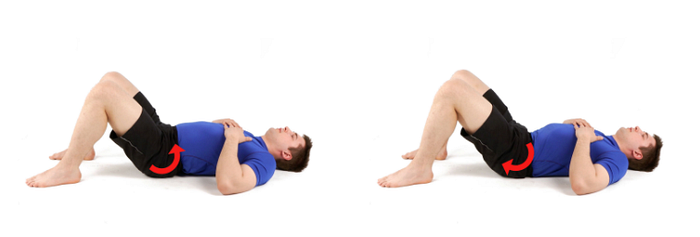
Application: 10–15 repetitions
Instructions: Lie on your back with your knees bent. Begin by gently contracting your core as if bracing for a hit. Alternate between tucking your tailbone while squeezing your glutes and allowing your hips to rotate forward. Maintain your core contraction, keeping your breathing steady. Aim to fully exaggerate this motion for maximum range of motion, holding each position at the end range for 1–2 seconds.
- Quadruped Forearms Hip Extension
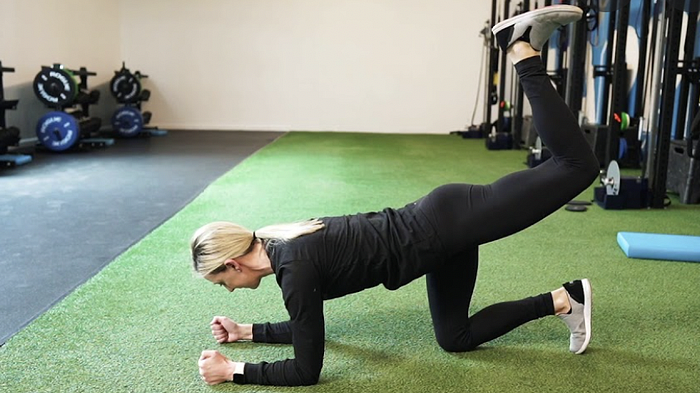
Application: 10–15 repetitions per side
Instructions: Start in a quadruped position with your forearms on the ground. Extend your back leg as far back as possible while keeping your back flat and core tight. Extend until you’re close to compromising your form. Complete 10–15 slow repetitions, then switch sides! If possible, hold the top position for 2 seconds with each rep.
- Modified Cat-Cow
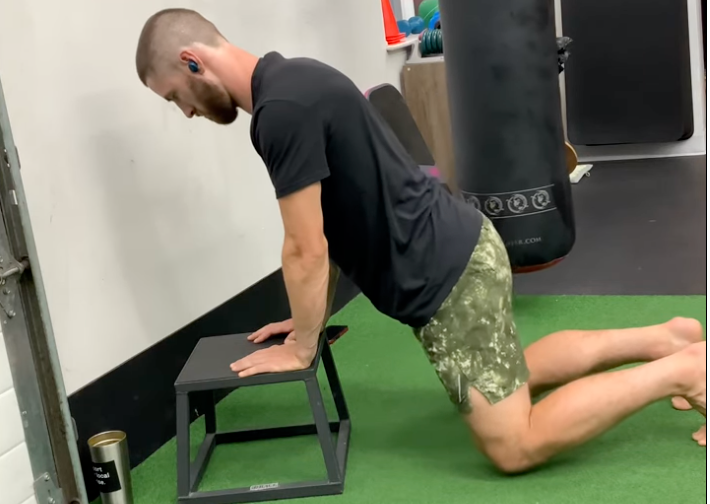
Application: 8–10 repetitions (can be split into 2 sets of 4–5)
Instructions: Use a low, sturdy bench or stand, positioning your legs about a foot from the base. Lift your knees off the floor, distributing 75% of your weight through your hands and 25% through your toes. Focus on upper body weight distribution to help decompress the lower spine. Perform the familiar cat-cow movements, transitioning slowly between anterior and posterior pelvic tilts, with each repetition taking about 3 seconds.
Bonus 1: Lying Decompression
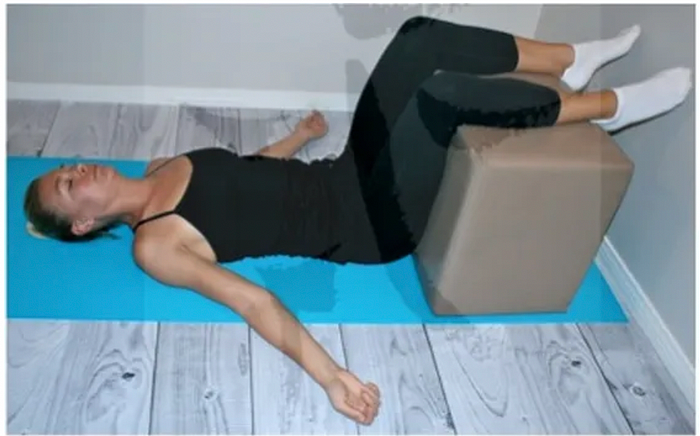
Application: 5-minute intervals
Instructions: To relieve pressure on your lower back, lie supine with your knee and hip joints at 90 degrees. Practice this for five-minute intervals, changing positions or standing to stretch afterward. This is also an excellent time to engage in deep breathing exercises.
Bonus 2: Seated Decompression
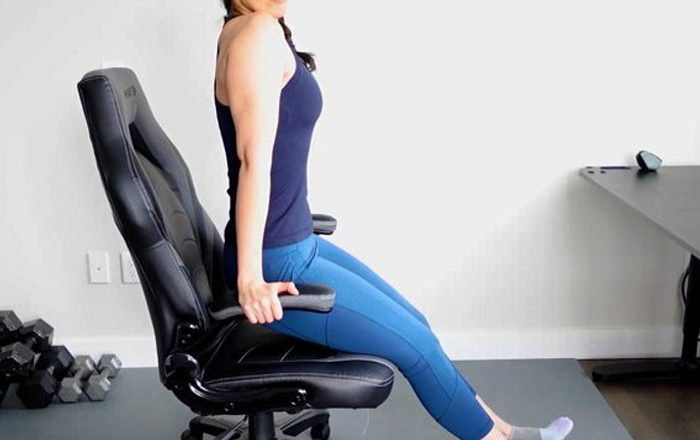
Application: 5 sets of 10–20 seconds
Instructions: For an enhanced decompression effect, use a chair with sturdy armrests. Lift your buttocks off the chair while distributing weight evenly through your arms. Keep your neck and shoulders relaxed, maintaining straight arms throughout. For added relief, try performing sideways pelvic shifts during the hold.
Video Demonstration: What to Do When You Can't Look Up
Here’s another helpful video that provides insights on managing back pain when you're unable to look upwards.
In Conclusion
If you’ve found traditional machine-based decompression ineffective, it’s time to take control of your recovery. Genuine pain relief stems from cultivating strength and stability in previously neglected tissues. Not only is this approach cost-free, but it also allows you to achieve a more functional body with just a few minutes of daily effort. What’s stopping you? A pain-free life is within your reach!
You’ve got this!
-David Liira, Kinesiologist